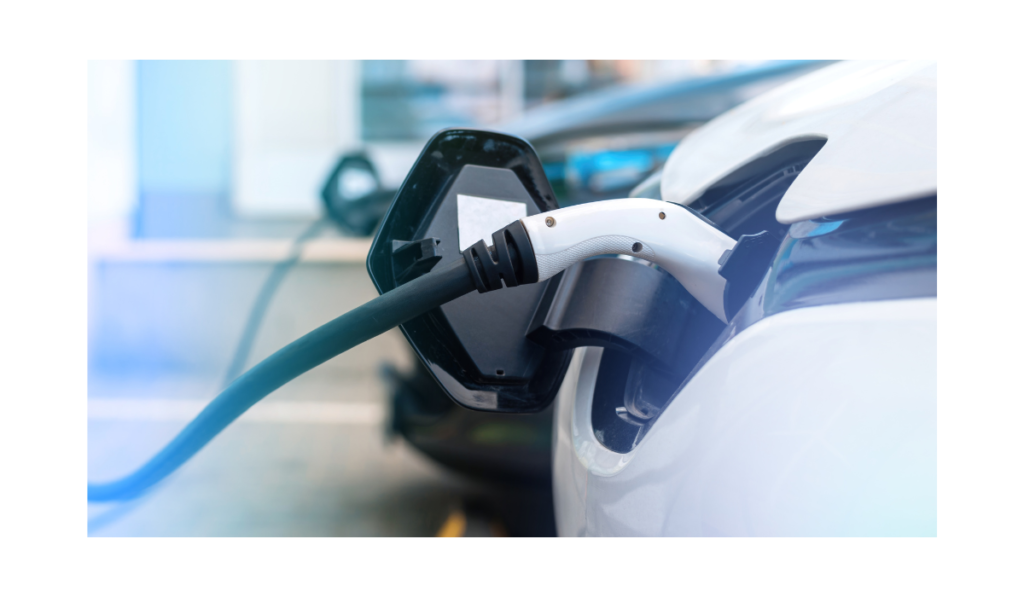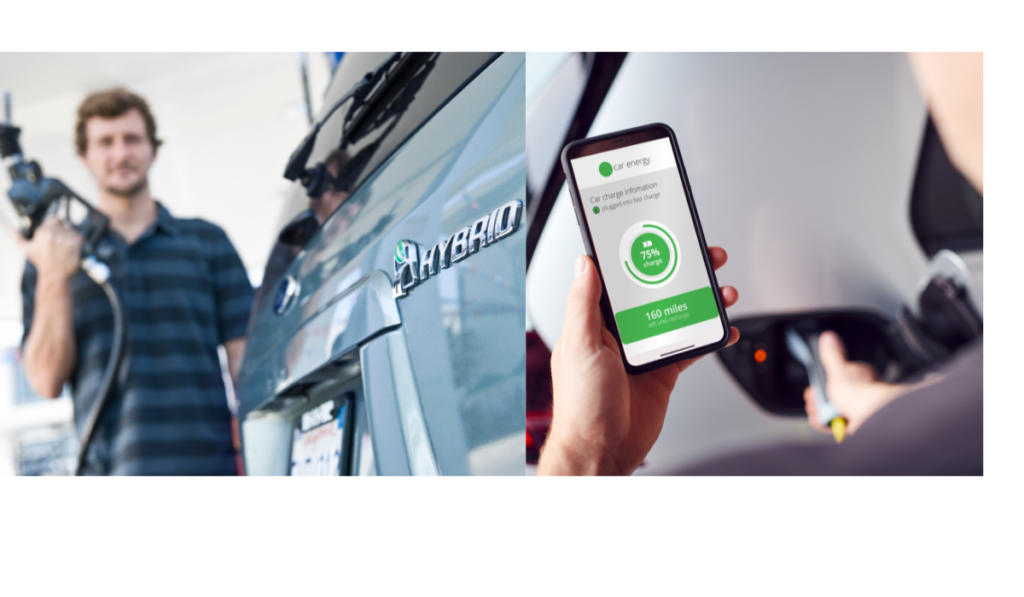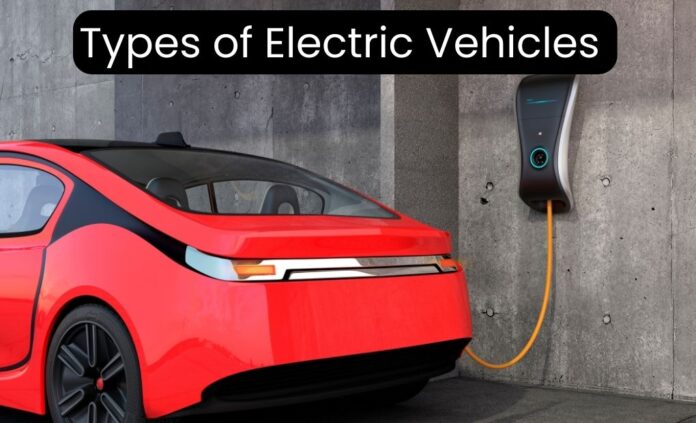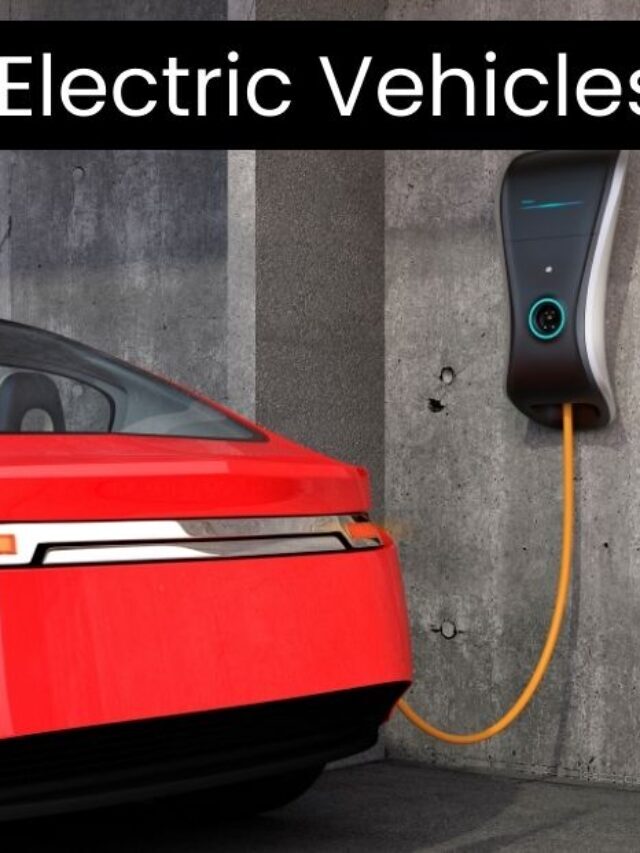The generation in which we live is known as the revolution. This revolution is also seen in vehicles as electric cars have become more popular on the roads of Australia. It is worth learning about the Electric Vehicles technology that they use.
What are electric vehicles?
An electric vehicle, also known as an electric car, consists of one or more electric motors powered by a battery pack to drive and accelerate. It depends on the type of EV, either to assist a conventional internal combustion engine or power the car ultimately.

What are the different types of Electric Vehicles?
There are three primary types of electric vehicles: hybrid, plug-in, hybrid, and battery electric.
Hybrid Electric Vehicles (HEV)
A hybrid electric vehicle combines the conventional internal combustion engine with an electric motor and battery pack to reduce fuel consumption.

HEVs get this by using an electric motor so that they can drive the car during conditions when an ICE is significantly insufficient, like when accelerating from a stop. Hybrids are so unique that they can also favor the ICE unit when it is more efficient such as cruising at highway speeds.
These vehicles are similar to drive-to-normal ICE vehicles as the owners can only top them with traditional fuels.
The HEV technology automatically charges the battery, known as regenerative braking, and activates the electric motor system when the condition is suitable.
Principal of HEV
- It has a fuel tank that supplies gas to the engine like a regular car.
- It has a set of batteries that can run the electric motor
- Both the electric motor and engine can turn the transmission at the same time.
Components
Engine
Electric motor
Battery pack with controller & inverter
Fuel tank
Control module
Examples: Honda Civic Hybrid, Toyota Prius Hybrid, Honda Civic Hybrid, Toyota Camry Hybrid.
Plug-in Hybrid Electric Vehicles.
This electric vehicle is a combination of ICE with an electric motor and battery pack similar to a hybrid, with a slight distinct difference. The PHEVs generally have larger batteries and are more powerful electric motors than hybrids. Even when driving, the electric system does lots of heavy lifting, which means the PHEVs can be operated in electric-only mode by switching the ICE off entirely.

Principles of PHEVs
- The typical starter in this mode is all-electric mode and operates on electricity until the battery is depleted.
- Some models shift to hybrid mode when they reach the highway, generally above 60 or 70 miles per hour.
- Once the batteries empty, the energy takes over and operates as a conventional, non-plug-in hybrid.
- The PHEV batteries can be charged by internal combustion energy or regenerative braking to plug into an outside electric power source.
- When braking, the electric motor acts as a generator and uses the energy to charge the battery.
- The electric motor supplements the energy, and the result is that the minor power can be used by increasing the car’s fuel efficiency without compromising performance.
Components
Electric motor
Engine
Inverter
Battery
Fuel tank
Control module
Battery Charger (if onboard model)
Examples: Porsche Cayenne S E-Hybrid, Chevy Volt, Chrysler Pacifica, Ford C-Max Energi, Ford Fusion Energi, Mercedes C350e, Mercedes S550e, Mercedes GLE550e, Mini Cooper SE Countryman, Audi A3 E-Tron, BMW 330e, BMW i8, BMW X5 xdrive40e, Fiat 500e, Hyundai Sonata, Kia Optima, Porsche Panamera S E-hybrid, Volvo XC90 T8.
Battery Electric Vehicles.
A battery electric vehicle is considered an all-in electric or fully electric car. It is powered exclusively by electricity when its electric motors draw current from onboard battery packs. The BEVs do not have any form of ICE. The best BEVs can realize only electricity and tend to have a much larger battery capacity whose output is stronger than the hybrid and plug-in hybrid electric vehicles. This extra added battery is technically typical, costing BEVs more than other types of EVs.

The BEVs need to be charged when driven, and this can be done through a home charger or a fast charging station, or even the charge can be recouped by regenerative braking.
Working Principle:
- The working of an electric car is yet another exciting part.
- The controller s and regulates the electrical energy from the batteries and inverters.
- When the controller is set, the inverter sends a certain amount of electrical energy to the motor.
- The electric motor converts electrical energy into mechanical energy.
- After that, the rotation of motor rotors, then there is a rotation of transmission so that the wheel turns and the car moves.
Components
Electric motor
Inverter
Battery
Control Module
Drive train
Examples are Volkswagen e-Golf, Tesla Model 3, BMW i3, Chevy Bolt, Chevy Spark, Nissan LEAF, Ford Focus Electric, Hyundai Ioniq, Karma Revero, Kia Soul, Mitsubishi i-MiEV, Tesla X, and Toyota Rav4.
What about mild-hybrid electric vehicles and fuel cell electric vehicles?
The two other EV variants available in Australia are mild-hybrid and fuel cell electric vehicles.
A mild hybrid electric vehicle, also known as the integrated starter generator, uses a 48-volt starter motor, and the ISG is used as a supplementary ICE. It cannot accelerate the vehicle by itself. In contrast, fuel cell electric vehicles are similar to the BEV. There is only one difference between using electrical energy to drive and how they store energy differently.

The BEVs can store the electrical energy taken by a charger, and the FCEVs create their electrical charges through a chemical reaction involving the hydrogen substance; this means that the FCEVs can be filled with hydrogen, and they do not require charging from the grid.
Principal of FCEV:
- The fuel cell electric car is different compared to the plug-in electric vehicle.
- This type of electric car is because the FCEV generates as much electricity required to run the vehicle on the vehicle itself.
Components
Electric motor
Fuel-cell stack
Hydrogen storage tank
Battery with converter and controller
Examples of FCEVs: are Toyota Mirai, Hyundai Tucson FCEV, Riversimple Rasa, Honda Clarity Fuel Cell, and Hyundai Nexo.
Conclusion:
Things have changed significantly in this era, where we completely trust AI technology. Work is easier. Electric vehicles help save fuel, which is now at a point of end. If we compare the three, then BEV has now become the best seller like the Tesla has become the most selling electric vehicle till today. But people have different choices, and as it is a heavy investment, they should think twice before the purchase.




